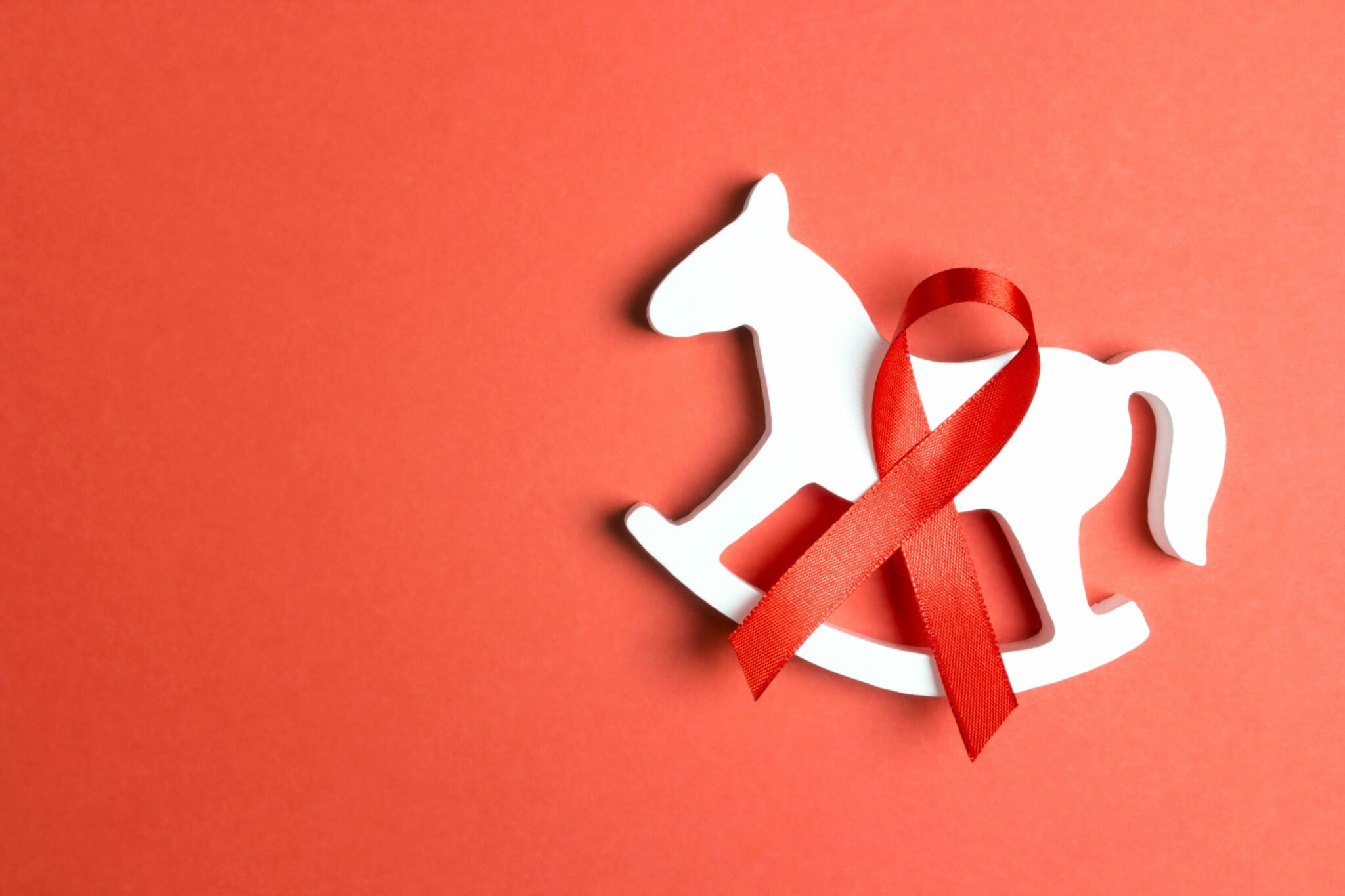AIDS in Newborns

In March 2014, news broke that a baby born with HIV appeared to be virus-free after aggressive treatment shortly after birth. This is the second baby that seemed to have been successfully treated for HIV, and a small international study is beginning which would seek to replicate the success of those two cases.
But how common is it for a baby to be born with HIV and to develop AIDS? Not very. The National Institutes of Health estimates that fewer than 200 babies each year are born with HIV in the United States. Why? Access to prenatal care, medications, and formula are crucial to stopping the transmission of the HIV virus.
A baby can contract HIV from the mother during pregnancy, during birth, or from breastmilk. However, when the mother has HIV, a number of steps can be taken to reduce the chance of mother-to-infant transmission. First, a woman taking daily anti-HIV medication has a much lower chance of passing the virus to her baby. All pregnant women are checked for HIV early in their pregnancy and again at delivery, in attempt to get all HIV positive women on anti-retroviral medications as soon as possible. If positive, medications can be secured at no cost for any woman who requires them.
Other steps to prevent transmission include birth by C-section (which prevents the risk of HIV-tainted blood from coming in contact with the baby) and formula feeding to prevent transmission via breast milk. Good prenatal care is vital in decreasing the chances of an infant being born with the HIV virus.
It can be difficult to detect HIV in newborns. A series of blood tests are taken from birth through the first six months of life. Babies born to infected mothers are given anti-HIV drugs, such as zidovudine, for six weeks following birth as a preventative measure even if their initial blood tests are negative for the virus. They are also followed closely by an expert in HIV, a pediatric infectious disease specialist, who helps the family determine when, if ever, medication should be discontinued.
Worldwide, however, the situation is more grim—about 250,000-370,000 babies are born every year with HIV or acquire it shortly after birth. Most of these births occur in developing countries with poor access to prevention, treatment, and alternative sources of infant nutrition.
Sources:
- New York Times
- Second success raises hope for a way to rid babies of HIV.
National Geographic - AIDS baby cured.
National Institutes of Health - Preventing mother-to-child transmission of HIV.
Powered by Bundoo®










